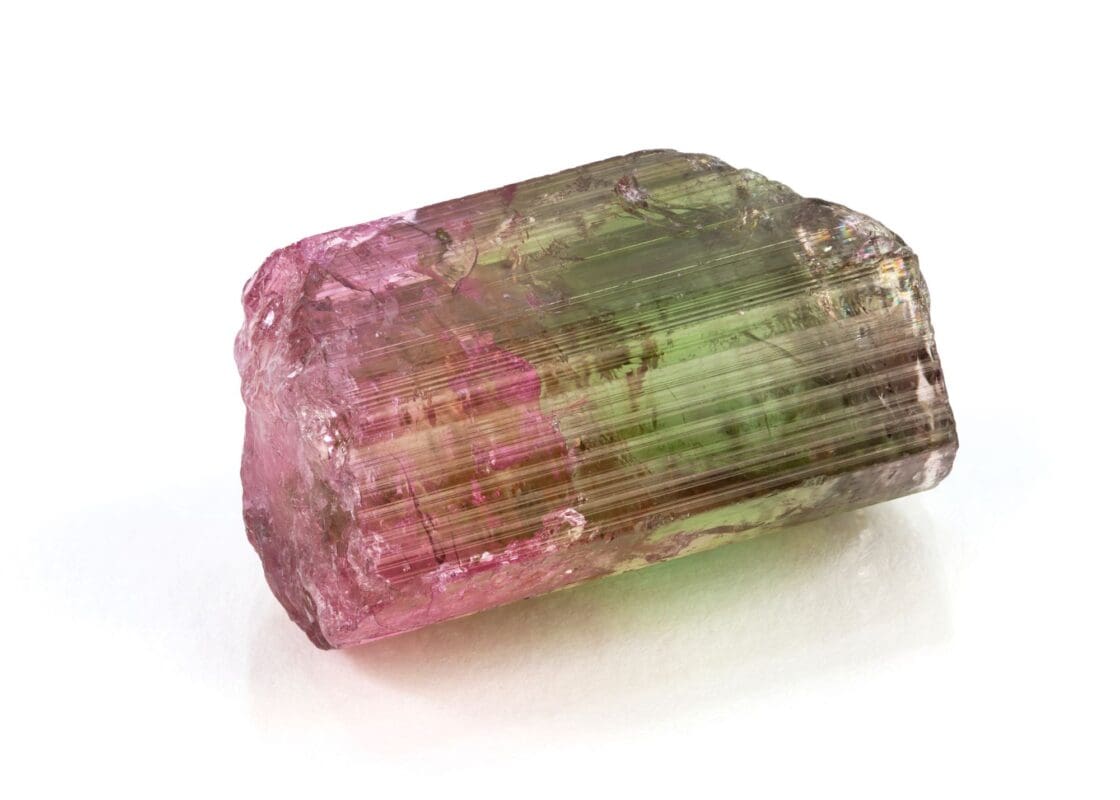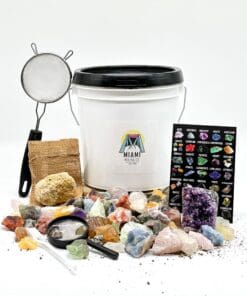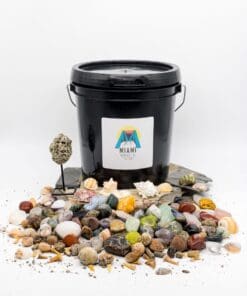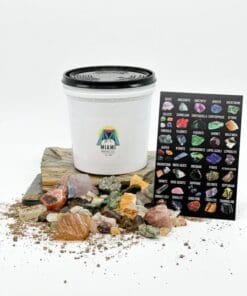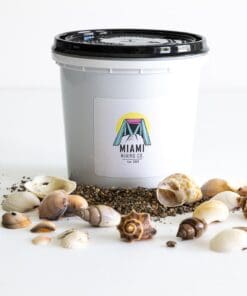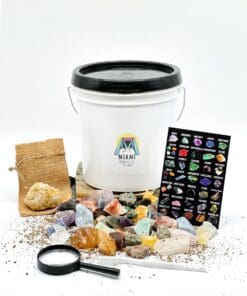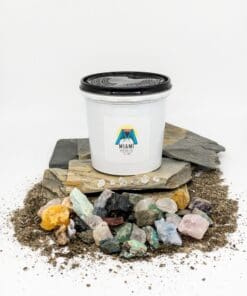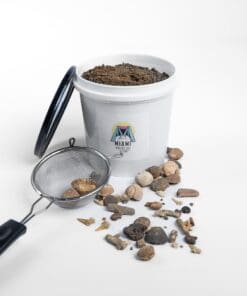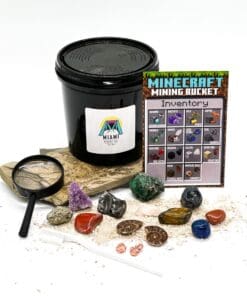Gem Mining Maine: From Mountains to Minerals, Your Complete Guide
Maine, renowned as the Pine Tree State, is also a treasure trove for gem enthusiasts. From its diverse geology sprouts an assortment of beautiful gemstones that has made Maine a favorite among rockhounds. This article dives deep into the realm of Maine’s gem mining, its rich history, the gems you can find, and how you can embark on your very own gem hunting expedition.
The Most Popular Gemstones in Maine
Maine is home to a remarkable array of gemstones. Ranging from relatively common finds to rarer treasures, this state is a dream destination for many rockhounds and gem enthusiasts. Here, we break down the gemstones into two categories: rare and common, to give you a better understanding of what to expect during your hunt.
Rare Gemstones Found in Maine:
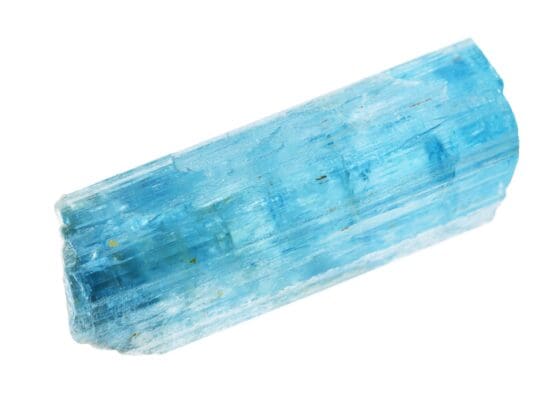
| Gemstone | Description |
|---|---|
| Tourmaline (Watermelon) | Characterized by its tri-color bands of pink, white, and green, resembling a slice of watermelon. |
| Blue Beryl (Aquamarine) | A transparent pale blue to greenish-blue variant of beryl, often found in pegmatites. |
| Morganite | A pink or peachy-pink variant of beryl. Named after J.P. Morgan, the American banker. |
| Heliodor | A yellow-green variant of beryl, known for its radiant hues resembling the sun. |
| Schorl | A black variety of tourmaline, often found in granite pegmatites alongside other minerals. |
Common Gemstones Found in Maine:
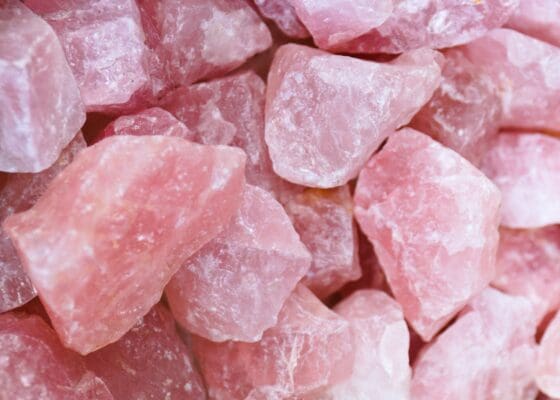
| Gemstone | Description |
|---|---|
| Rose Quartz | A pink variety of quartz, often found in pegmatites and known for its soft rosy hue. |
| Amethyst | A purple variety of quartz, frequently found in Maine’s quarries and geodes. |
| Garnet | Often deep red but can come in other colors. Used both as gemstones and as abrasives. |
| Smoky Quartz | A brown to black variety of quartz, known for its smokey translucence. |
| Milky Quartz | Characterized by its white, milky appearance. Found in a variety of geologic conditions. |
| Topaz | A silicate mineral often transparent and found in a wide array of colors. |
| Muscovite Mica | A silicate mineral known for its perfect basal cleavage, often used in electrical insulators. |
| Albite Feldspar | A plagioclase feldspar mineral recognized by its white or pale shades. |
| Biotite Mica | Dark-colored, often black mica found in granite, diorite, and other igneous rocks. |
| Lepidolite | A lilac or rose-violet colored mica. It’s a source of lithium and used in some mineral cosmetics. |
From the diverse and colorful tourmaline varieties to the sparkling quartz variants, Maine is a veritable treasure trove waiting to be explored. Whether you’re on the hunt for something exceptionally rare or the more ubiquitous stones, Maine’s geology promises a rewarding experience.
Top Gem Mining Locations in Maine

Maine, with its geologically rich landscape, offers a plethora of mining sites for gem enthusiasts. Here’s a comprehensive list of the top 10 most productive and accessible gem mining locations in the state:
- Mount Apatite Park, Auburn: Located in the heart of Auburn, this park is a favorite among families and amateur gem hunters. Operating from dawn to dusk, it’s free for public collecting. While mainly known for apatite crystals, one can also find tourmaline gems here.
- Wade’s Gold Mill, Coos Canyon: Nestled in Byron, this is not just a site for gold panning but also for gem hunting. They typically operate from May to October, with fees varying based on the activities you opt for.
- Poland Mining Camps, Poland: This mining camp offers a truly immersive experience. Open from June to September, they offer guided digs and charge based on the dig duration, usually daily or weekly rates.
- Mount Mica, Paris: The site of the first tourmaline discovery in Maine, it’s owned by the Coromoto Minerals LLC. Periodic digs are organized here, and prices vary based on the events.
- Western Maine Mineral Adventures, Woodstock: Open from spring to fall, this location is great for families and offers both self-guided and guide-assisted digs. Fees typically range depending on the package and duration.
- Harvard Quarry, Greenwood: A renowned site for pink tourmaline and spodumene. While it’s a private quarry, periodic collecting events are organized by the owners, usually for a set fee.
- The Havey Quarry, Poland: Famed for its blue tourmaline finds, this quarry is open for periodic digs, usually from spring to fall. Charges apply depending on the event.
- Dig Maine Gems, Bethel: A unique site that offers sluicing adventures besides digging. They’re usually operational from May to October. Fee structures depend on whether you’re sluicing or digging and the duration.
- Oxford County Mines, Oxford: A group of mines rather than a single site, offering chances to find garnet, tourmaline, and topaz. Check with individual mines for their operating schedules and fees.
- Bennett Quarry, Buckfield: Known for its rare minerals and gem-quality tourmaline. It’s a private quarry, so public digs are organized occasionally. Fees apply based on the events.
These ten locations, with their rich deposits and varied experiences, are just the tip of the gem-laden iceberg that is Maine. Whether you’re an amateur looking for a family adventure or a seasoned gem hunter chasing the next big find, Maine has something for everyone.
History of Gem Mining in Maine
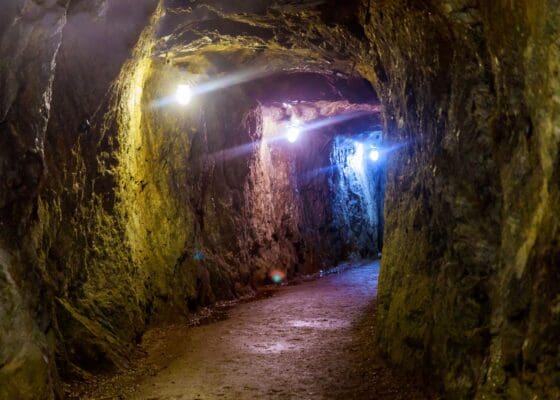
Maine’s rich tapestry of gem mining history stretches back centuries, with its roots deeply intertwined with the state’s geological evolution. Gem mining in Maine is more than just a quest for treasures; it tells the story of a state whose geological wonders have, for generations, enchanted many – from amateur rockhounds to seasoned geologists.
The dawn of gem mining in Maine can be traced back to the 18th century, but it was in 1820 that the state truly marked its place on the gemological map. In this year, two young boys, Elijah Hamlin and Ezekiel Holmes, stumbled upon an impressive tourmaline deposit in Mount Mica, Paris. Little did they know, their discovery would lead to the first commercial gemstone mining operation in the U.S.
The Mount Mica discovery led to a ripple effect. By the 20th century, Maine had transformed into one of the most significant tourmaline producers in the country. Mines popped up across the state, each bearing its unique flavor of gemstones. For instance, the Dunton Mine in Newry became the birthplace of the famous “Jolly Green Giant” tourmaline crystal in 1972.
However, tourmaline wasn’t the sole gemstone that brought fame to Maine. The state’s rugged, glacier-sculpted landscapes also bore quartz, mica, feldspar, and beryl varieties. Towns like Auburn, Poland, and Oxford became bustling hubs for gem enthusiasts. The excitement wasn’t just about the finds but also the potential for new discoveries. Each dig became a mystery, each stone a piece of the puzzle.
Maine’s gem mining history is also rife with tales of innovation and perseverance. When surface gems began to deplete, miners innovated with advanced techniques to tap into deeper deposits. Mining became more than just an occupation; it was an art, a science, and a community activity that brought people together.
Today, as one treads the grounds of Maine’s mines, each stone whispers tales of the past. Every shimmering tourmaline or glistening quartz is not just a gem but a testament to Maine’s legacy and the indomitable spirit of its gem miners. As the state moves forward, it carries with it the weight and the beauty of its gem-rich history.
Gem Mining Regulations in Maine

The pursuit of gemstones in the picturesque landscape of Maine is not only a journey into the heart of the Earth’s bounty but also an exercise in responsibility. While the allure of unearthing gleaming treasures is undeniable, it’s crucial to understand and adhere to the regulations set forth to ensure the preservation of Maine’s natural resources and to guarantee that future generations can also partake in this thrilling adventure.
Permit Requirements: For most recreational rockhounding in Maine, specific permits are not typically required. However, on state-owned lands or designated parks, it’s always advisable to check ahead of time. Some private quarries and mines may have their permitting system, requiring hobbyists to either pay a fee or obtain written permission before embarking on their gem hunting quest.
Collecting Volume Restrictions: While there’s an abundance of minerals and gemstones beneath Maine’s terrains, restrictions are placed on the volume that can be collected. For many areas, especially those managed by the state, there might be a daily limit for collections, ensuring sustainability. Private mines or quarries may set their own guidelines based on their operational objectives and sustainability practices.
Disturbance and Environmental Considerations: Rockhounding, by nature, is an intrusive activity. Therefore, it’s imperative that enthusiasts practice minimal disturbance. This means refilling holes, not using heavy machinery without proper authorization, and being wary of local ecosystems. Preservation is not just about the minerals; it’s about the encompassing environment too.
Safety Regulations: Many of the state’s mining sites are in remote areas, and while their untouched beauty is a marvel, safety is paramount. Proper gear, including helmets and protective eyewear, might be mandatory in specific locations. Moreover, certain quarries and mines may have designated zones for public use, ensuring that visitors are distanced from potentially hazardous operations.
Commercial Mining vs. Recreational Hunting: It’s vital to discern between commercial mining operations and recreational gem hunting. Commercial operations have a more rigorous set of regulations, including environmental assessments, land reclamation post-mining, and more. Recreational hunters, on the other hand, are typically hobbyists, and while the rules are less stringent, respect for the land and its resources remains the core principle.
Land Ownership and Trespassing: Always be aware of land ownership. Not all lands are open to the public, and inadvertently trespassing on private property is not only disrespectful but can also lead to legal consequences.
Navigating the regulatory landscape of gem mining in Maine is essential. Not only does it ensure a smooth and rewarding experience for gem enthusiasts, but it also ensures that Maine’s geological wonders remain undisturbed and cherished for years to come. By striking a balance between exploration and conservation, both the land and its seekers can flourish in harmony.
Necessary Tools and Equipment for Gem Mining in Maine
Maine’s diverse geology, with its hidden troves of gemstones, beckons both seasoned miners and amateur enthusiasts. Whether you’re delving deep into a mine or merely scratching the surface along a riverbank, having the right tools is imperative. The proper equipment not only enhances the efficiency of your search but also ensures safety.
1. Screening and Classifying Tools: Reveal those hidden treasures!
Description: Especially valuable for sluicing operations by rivers, these screens help separate larger rocks and debris from potential gemstones. They come in various mesh sizes, allowing for multiple layers of sifting.

🛒 Explore Top Screening Sets on Amazon
2. Shovels and Trowels: Digging deep or just scratching the surface?
Description: For digging into softer soils or clearing away surface debris, a sturdy hand shovel or trowel is indispensable. It aids in unearthing potential gem-containing substrates.

🛒 Find Quality Shovels and Trowels on Amazon
3. Picks and Hammers: The backbone of any gem hunting endeavor.
Description: The quintessential tool for every rockhound, a geological hammer, also known as a rock hammer, is designed for chipping away at rocks and breaking open potential gem-bearing specimens. The flat end is ideal for breaking rocks, while the pointed end is useful for chiseling.

🛒 Check Out Best Picks and Hammers on Amazon
4. Buckets: Your trusted companion for carrying treasures.
Description: Fundamental tools for collecting and transporting soil, gravel, or mineral samples. A sturdy bucket is also helpful for sluicing, allowing you to wash away sediment and reveal hidden gemstones.
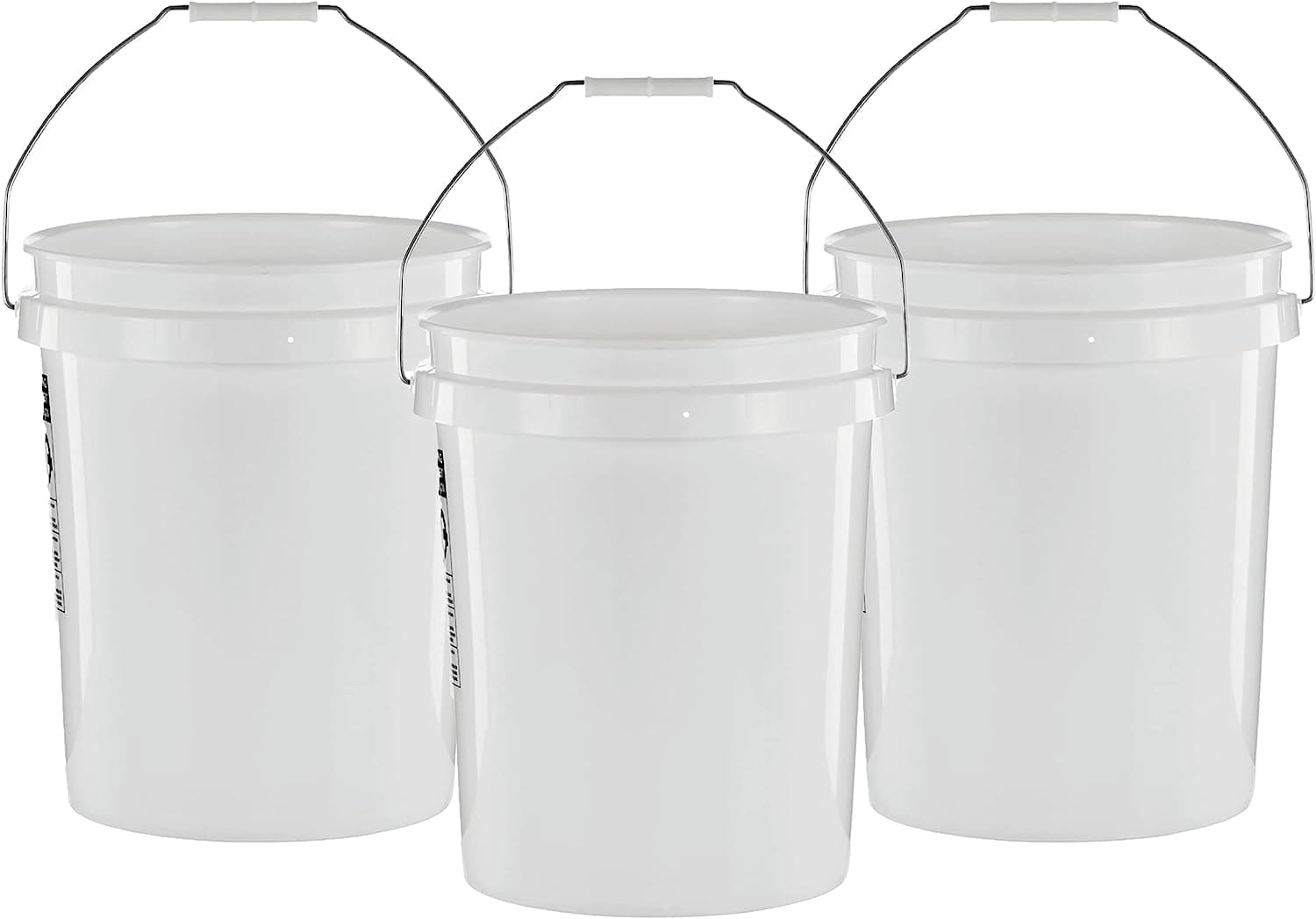
🛒 Shop for Reliable Buckets on Amazon
5. Magnifying Glass: Every detail counts!
Description: A crucial tool for close inspection of potential gemstones. A 10x magnification lens allows enthusiasts to study the minute details and characteristics of the stones, helping in identification.

🛒 Grab Your Magnifying Glass on Amazon
6. Guidebooks and Field Guides: Knowledge at your fingertips.
Description: Maine’s diverse array of gemstones can be challenging to identify. A field guidebook tailored to Maine’s geology can be an invaluable companion, offering insights, identification charts, and detailed descriptions.

🛒 Discover the Best Field Guides on Amazon
7. Containers and Bags: Organize, store, and flaunt your finds.
Description: Once you’ve found your treasures, having a variety of containers, from bags to boxes, is essential for safe storage and transport.

🛒 Shop for Storage Solutions on Amazon
8. First Aid Kit: Better safe than sorry!
Description: Given the nature of rockhounding, minor scrapes or cuts can occur. Always carry a basic first aid kit with bandages, antiseptics, and other essentials.

🛒 Secure Your First Aid Kit on Amazon
Arming oneself with the right tools not only promises a fruitful excursion into Maine’s mineral-rich landscapes but also ensures that the journey is conducted safely and responsibly. Remember, while tools are essential, respect for the environment and the treasures it holds is the most invaluable asset a gem hunter can possess.
Tips and Tricks for Successful Gem Mining in Maine

Embarking on a gem mining expedition in Maine is akin to venturing into a vast, geological treasure trove. With the state’s rich mineral history and the promise of gleaming stones waiting to be unearthed, it’s an adventure that beckons many. To ensure the quest is fruitful, consider these invaluable tips and tricks:
1. Do Your Homework: Before you begin, familiarize yourself with the types of gemstones native to Maine. A bit of pre-trip research can help you recognize and differentiate between common rocks and potential treasures.
2. Time Your Visit: While Maine is stunning year-round, spring and fall are particularly opportune times for gem hunting. These seasons offer moderate temperatures and fewer tourists, making for a peaceful mining experience.
3. Join a Guided Tour: Especially if you’re a novice, opting for guided tours can provide hands-on learning. Experienced guides often share personal anecdotes, proven techniques, and hidden spots known to yield good finds.
4. Layer Up: Maine’s weather can be unpredictable. Dress in layers to comfortably navigate through sudden temperature changes. Waterproof boots are a must, given the muddy conditions of some mining areas.
5. Be Patient: Gem mining is as much about patience as it is about technique. Gems won’t always be immediately visible; sometimes, they’re nestled deep within rocks or obscured by dirt.
6. Respect the Environment: Practice a “leave no trace” philosophy. Refill any holes you dig, avoid disturbing wildlife, and always pack out your trash. The land is a shared treasure—treat it as such.
7. Network with Fellow Miners: Sharing insights, swapping stories, and comparing finds with fellow enthusiasts can be incredibly enlightening. You might learn about a new spot or a technique you hadn’t considered.
8. Stay Hydrated and Nourished: A day of mining can be more taxing than you anticipate. Carry ample water and snacks to keep your energy levels up.
9. Document Your Finds: Carry a journal or notebook. Documenting where and when you found specific gems can be beneficial for future trips. This record-keeping can also assist in identifying patterns or hotspot areas.
10. Know the Regulations: As highlighted earlier, be aware of the rules and regulations of the mining area you’re exploring. This ensures your gem hunting is legal and respectful.
Gem hunting in Maine is a blend of science, art, and adventure. With the right approach, a bit of patience, and respect for the land, you can not only discover the state’s hidden gems but also create lasting memories. Remember, every stone has a story; all it needs is someone to unearth it.
Handling Your Gemstone Finds

The thrill of unearthing a gemstone is unparalleled, a testament to both nature’s splendor and the miner’s perseverance. But once these treasures are brought to light, the journey has only just begun. Proper handling, cleaning, and storing of your finds is crucial to preserve their intrinsic beauty and value. Here are some essential steps and tips to ensure your gemstones remain as radiant as the day they were found:
1. Gentle Cleaning: Start by washing your gemstones in water to remove any loose dirt or mud. A soft brush, like a toothbrush, can be used to gently scrub away any stubborn residues. For more intricate or delicate stones, avoid vigorous scrubbing.
2. Know Your Stone: Some gemstones can be sensitive to drastic temperature changes or certain chemicals. It’s crucial to understand the nature of the gemstone you’ve found. For instance, opals require extra care as they can be damaged by sudden temperature shifts.
3. Ultrasonic Cleaners: These devices can be beneficial for certain stones, but they aren’t suitable for all. Gems with internal fractures, like emeralds, can be damaged. Always research the stone’s compatibility before using such equipment.
4. Storage: Gemstones should be stored individually to prevent them from scratching one another. Soft pouches, individual compartments in jewelry boxes, or wrapped in a soft cloth are ideal storage solutions.
5. Displaying: If you’re keen on showcasing your finds, invest in a quality display case that protects against dust and potential damage. UV-resistant cases can also help prevent color fading in certain gemstones exposed to prolonged sunlight.
6. Appraisal: If you believe you’ve found a particularly valuable gemstone, consider getting it appraised. Professional gemologists can provide insights into its quality, origin, and potential market value.
7. Documenting: Maintain a detailed record of each gem, noting where and when it was found, its characteristics, and any treatments or cleaning methods you’ve applied. This adds provenance and can be invaluable for serious collectors or for resale purposes.
8. Hands-On Care: When handling gemstones, especially polished or faceted ones, it’s a good idea to wear soft gloves or ensure your hands are clean. Natural oils from the skin can affect some stones.
9. Avoiding Harsh Chemicals: Household cleaners, chlorine, and other harsh chemicals can damage or discolor many gemstones. Always ensure your stones are safe from such substances.
10. Continuous Learning: The world of gemstones is vast and ever-evolving. Engage in continuous learning, attend workshops, or join gem and mineral clubs to deepen your understanding of your finds.
In essence, the gemstones you unearth in Maine are not just geological wonders but pieces of history, time encapsulated in shimmering form. With attentive care and handling, these treasures can be cherished, admired, and passed down through generations.
Famous Gemstone Finds in Maine
Maine, with its abundant mineral wealth, has been the site of numerous significant gemstone discoveries over the centuries. These finds have not only reshaped the gem industry but also etched Maine’s name in the annals of gemological history. Let’s delve into some of the state’s most renowned gemstone finds that have captured imaginations and adorned many a collector’s prized possession list.

1. The Jones Aquamarine: In the late 1980s, in Newry, a massive aquamarine crystal weighing several pounds was discovered. The crystal’s sheer size and impeccable clarity made headlines, emphasizing Maine’s status as a premier location for aquamarine discoveries.
2. The Mount Mica Tourmaline: Mount Mica in Paris is famous for its tourmaline deposits. One particular discovery in the 1970s unveiled a pocket bursting with multi-colored tourmalines, offering a vibrant spectrum from pink to green. It remains one of the most significant tourmaline discoveries in the region.
3. The Perry’s Lemon Citrine: Near the town of Buckfield, a splendid, lemon-yellow citrine weighing over 50 carats was unearthed. Named after the Perry family who made the find, this gem remains one of the largest and most flawless citrines from Maine.
4. The Bennett Topaz: Found in the 1980s at the Bennett Quarry in Buckfield, this flawless topaz specimen, with its brilliant blue hue and stunning luster, is a testament to the quality of Maine gemstones.
5. The Plumbago Garnet: Hailing from the famous Plumbago Gem Pit, this remarkable deep-red almandine garnet remains an iconic representation of the garnet species found in Maine.
6. The Dunton Twins: At Newry’s Dunton Quarry, two colossal tourmaline logs were discovered in the late 20th century. Weighing hundreds of pounds combined, these specimens showcased vibrant hues and were significant for their size and clarity.
7. The Deer Hill Amethyst: Stow is home to the Deer Hill locality, where a stunning amethyst cluster was discovered. Its deep purple crystals, artfully arranged in a druzy formation, captured the hearts of many enthusiasts.
8. The Havey Quarry Feldspar: This location has yielded pristine feldspar specimens, characterized by their well-defined crystal structures and vibrant hues, notably the lovely salmon-pink orthoclase variety.
Maine’s geological history has offered up these gems and many more, each narrating tales of persistence, chance, and the relentless beauty of nature. These discoveries have not only propelled Maine to the forefront of the gem world but also kindled the hopes and aspirations of countless gem hunters, eager to be part of the next big find.
Additional Gem Mining Opportunities
The pursuit of gemstones isn’t limited to just Maine. The entire Northeast region of the United States brims with geological wonders, offering diverse terrains and mineral compositions ripe for exploration. For those keen on broadening their gem hunting horizons, here’s a concise list of neighboring states, each possessing its own set of unique gemological treasures:
- New Hampshire Gem Mining: Directly to the west of Maine, New Hampshire boasts its own plethora of mineral treasures. The state is particularly renowned for its smoky quartz and beryl.
- Vermont Gem Mining: Known primarily for its groves of maples and ski slopes, Vermont also hides garnets and quartz crystals beneath its picturesque landscapes.
- Massachusetts Gem Mining: To the south of Maine, Massachusetts offers a variety of minerals including beryl, tourmaline, and rhodonite.
- Connecticut Gem Mining: Renowned for its garnets and beryl, Connecticut has diverse geological terrains ripe for exploration.
- New York Gem Mining: A bit further from Maine but worth the mention, New York state, particularly in its northern parts, offers rich deposits of garnets, tourmaline, and even the occasional diamond.
Each of these states presents its own set of challenges and opportunities. Adventurous souls willing to journey beyond Maine’s borders will find a wealth of gemological wonders awaiting them, making the Northeast a veritable playground for mineral enthusiasts.
Learn the secrets of successful gem mining with our comprehensive Gem Mining Near Me guide.
The Lure of Gem Quests and At-Home Treasures
The thrill of gem hunting in Maine is undeniable. With its lush landscapes giving way to a trove of hidden geological wonders, the state invites both novices and seasoned miners to experience the joy of discovery. Maine’s mineral-rich terrains tell tales of patience, persistence, and that exhilarating moment when one’s hand unearths a sparkling gem from the embrace of the earth.
However, for those unable to make the journey or those who prefer the comfort of their homes, there’s still a chance to revel in the magic of gem discovery. Introducing the Gem Mining Kit – an expertly curated collection of raw minerals and gemstones waiting to be sifted, washed, and identified. This kit brings the thrill of the hunt to your living room, making gem exploration accessible and exciting for all, regardless of location. Dive into the adventure of gem mining, be it amidst Maine’s vast landscapes or from the coziness of your home.

